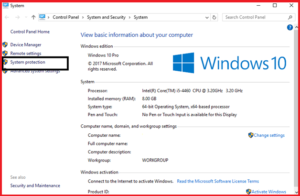
To understand the contents of memory during a failure, knowledge of processor memory registers and assembly is required.Īnalyzing a Kernel-Mode Dump File with WinDbg When a bug check occurs, a dump file may be available that contains additional information about the contents of memory when the stop code occurred. To learn more about the WinDbg development tools, see Getting Started with Windows Debugging. To download WinDbg, see Download Debugging Tools for Windows. 1: kd> !analyze -show 0x9F 0x3Ī driver has failed to complete a power IRP within a specific time.Īrg1: 0000000000000003, A device object has been blocking an Irp for too long a timeĪrg2: 0000000000000000, Physical Device Object of the stackĪrg3: 0000000000000000, nt!_TRIAGE_9F_POWER on Win7 and higher, otherwise the Functional Device Object of the stack

For example, to display information on Bug Check 0x9F: DRIVER_POWER_STATE_FAILURE, with a parameter 1 value of 0x3, use !analyze -show 0x9F 0x3 as shown here. Provide the stop code parameters to the !analyze command to display any available parameter information. If your default number base (radix) is not 16, prefix with 0x. If a specific bug check code does not appear in this topic, use the !analyze extension in the Windows Debugger (WinDbg) with the following syntax (in kernel mode), replacing with a bug check code:Įntering this command causes WinDbg to display information about the specified bug check code.

Using WinDbg to display stop code information If you are a customer whose system has displayed a blue screen with a bug check code, see Troubleshoot blue screen errors.


 0 kommentar(er)
0 kommentar(er)
